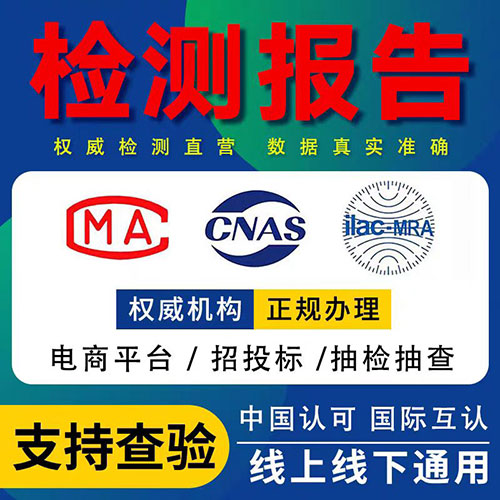rohs环保英文是
Introduction
RoHS, also known as Restriction of Hazardous Substances, is a regulation established by the European Union to limit the use of harmful materials in electronic devices. This regulation aims to reduce environmental pollution and ensure human health and safety. In recent years, RoHS has become a hot topic in the field of environmental protection and has attracted widespread attention from governments, enterprises, and consumers worldwide.
Background
RoHS was first introduced in 2003 and became effective in 2006. The regulation requires all electronic products sold in the European Union to comply with certain environmental standards. These standards limit the use of six substances, including lead, mercury, and cadmium, which are known to be harmful to the environment and human health. By reducing the use of these substances, RoHS aims to reduce the environmental impact caused by electronic devices and promote sustainable development.
Impact on Electronic Industry
RoHS has had a significant impact on the electronic industry. Manufacturers are required to comply with the RoHS standard if they want to sell their products in the European Union. This has resulted in increased production costs for many companies, as they need to find alternatives to the restricted substances. However, the regulation has also encouraged companies to develop and use more environmentally friendly materials and production processes, which has resulted in better and more sustainable products for consumers.
Benefits of RoHS
RoHS has several benefits for the environment and human health. For one, it reduces the amount of hazardous substances released into the environment during the production and disposal of electronic devices. This, in turn, lowers the risk of pollution and contamination of soil and water sources. Additionally, RoHS ensures that electronic devices are safer for human use, as they are less likely to release harmful substances into the air or contain toxic materials that could harm consumers.
Challenges for RoHS Implementation
Despite its benefits, the implementation of RoHS has not been without challenges. One of the main challenges is the lack of a global standard for restricting hazardous substances. While many countries have adopted similar regulations, such as China's RoHS and California's Proposition 65, there is still no unified global standard for addressing the issue of hazardous materials in electronic devices. Furthermore, a lack of resources and infrastructure in some countries makes it challenging to enforce RoHS regulations effectively.
Conclusion
RoHS is an essential regulation that aims to reduce the environmental impact of electronic devices and ensure human health and safety. While it has had some challenges, RoHS has encouraged the development of more sustainable and safer electronic products. As consumers become increasingly aware of environmental issues, compliance with RoHS regulations will likely become a significant factor in their purchasing decisions. As such, it is more important than ever for businesses and governments to continue promoting and enforcing environmental protection regulations like RoHS.


 有样品要送检?试试一键送检,15分钟极速响应
有样品要送检?试试一键送检,15分钟极速响应



